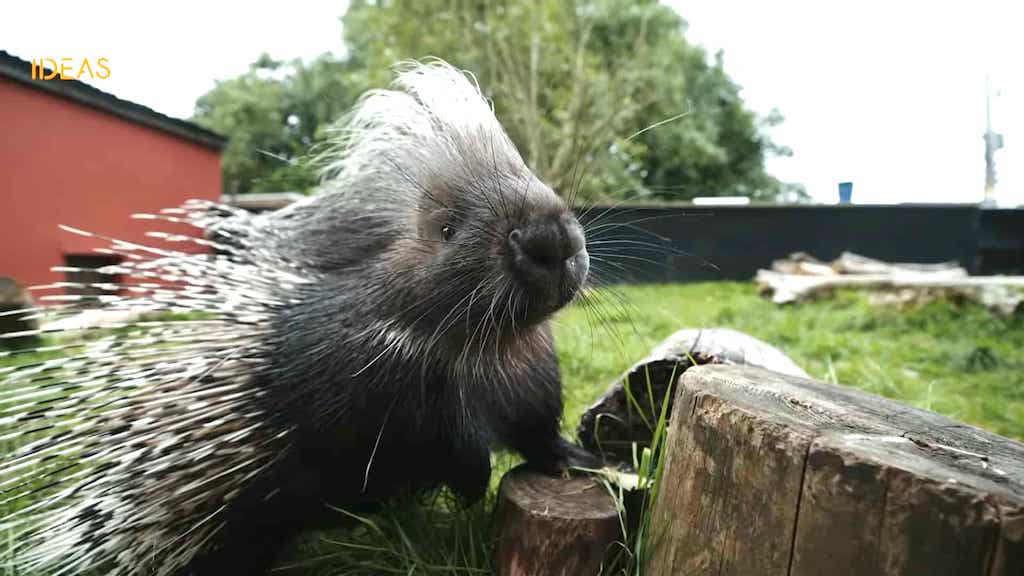The Importance of Whiskers to an Animal
Dr. Robyn Grant of Manchester Metropolitan University shared several interesting facts about the importance of animal whiskers. While she acknowledged the familiarity of whiskers with cats, Grant noted that other animals had even longer, more sensitive whiskers that help them understand their surroundings better.
Whiskers are very much like human fingertips. Lots of animals can move their whiskers and then some animals engage in what is called whisking. So this is cyclic forward and backward movement that the animals make with their whiskers. And we might think of this as scanning. So, when we walk into a room, we might be looking around everywhere, trying to see all around us, and that's what these guys are doing.
Grant also explains that humans may have once had whiskers due to certain physiological traits that still remain.
Humans are really quite unusual to not have whiskers. But we do still have these whisker holes where our whiskers would have been and, also, we even have some remnants of muscles, similar to what we see in animals with whiskers.

She also shares some fun facts about whiskers. Porcupines have the longest whiskers, field mice whisk the fastest, and sea-dwelling mammals have the most sensitive whiskers.
The most sensitive whiskers are in aquatic mammals. Lots of seals will have kind of just under 2,000 nerve fibre surrounding all of those whiskers in the follicle and their whiskers are so sensitive they can do this amazing thing which is called hydrodynamic sensing. So, as a fish swims through the water, it leaves behind a wake, a trail of water movement, and the seals are able to detect this. And they use only their whiskers for this.